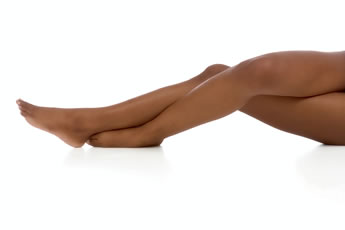 Corns and calluses often occur as the skin attempts to protect itself from excessive pressure or friction on the skin. Corns are typically smaller and include an inflamed portion of skin, making them considerably more painful. While corns can be treated at home most of the time, it is always best to seek professional attention, especially if diabetic. Wearing proper fitting shoes and socks can help reduce and prevent corns.
Corns and calluses often occur as the skin attempts to protect itself from excessive pressure or friction on the skin. Corns are typically smaller and include an inflamed portion of skin, making them considerably more painful. While corns can be treated at home most of the time, it is always best to seek professional attention, especially if diabetic. Wearing proper fitting shoes and socks can help reduce and prevent corns.
Corns can be a nuisance for your foot health. For more information about treatment, consult with Dr. Michael E. Newman of Pennsylvania. Our doctor will attend to all of your podiatric needs.
Corns: What are they? And how do you get rid of them?
Corns can be described as areas of the skin that have thickened to the point of becoming painful or irritating. They are often layers and layers of the skin that have become dry and rough, and are normally smaller than calluses.
Ways to Prevent Corns
There are many ways to get rid of painful corns such as wearing:
- Well-fitting socks
- Comfortable shoes that are not tight around your foot
- Shoes that offer support
Treating Corns
Treatment of corns involves removing the dead skin that has built up in the specific area of the foot. Salicylic acid can help in getting rid of these corns because it dissolves keratin, which is the protein that makes up a good majority of corns. Podiatrists recommend that people with diabetes not use salicylic acid but should consult with their podiatrist regarding the treatment of corns.
If you have any questions please feel free to contact our offices located in Plymouth Meeting and Ambler, PA. We offer the newest diagnostic tools and technology to treat your foot and ankle needs.
